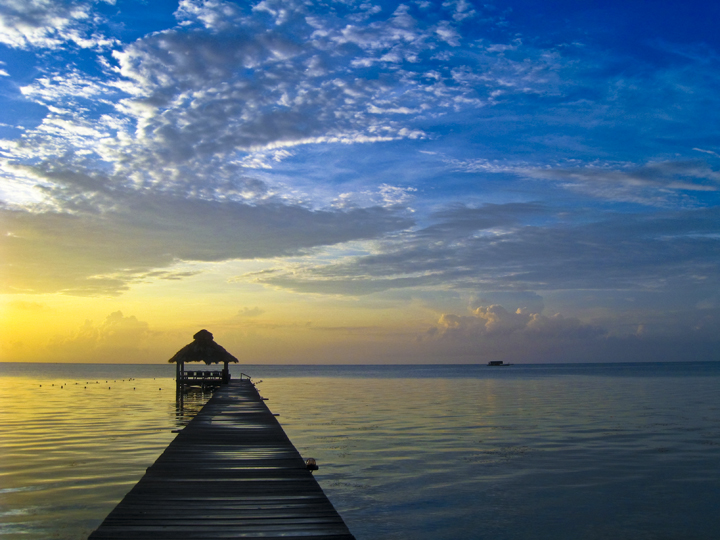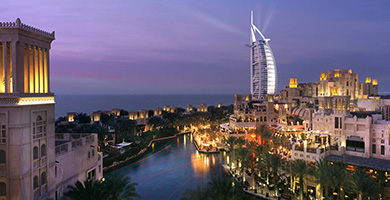CAFAYATE: Argentina’s Other Wine Country
David Jenison sips some vino and navigates a less traveled region producing some of Argentina’s finest white wines.
Most wine drinkers know about Mendoza, but the Salta region in central-north Argentina is the country’s fastest rising star. Cafayate, about four hours south of Salta city, leads the way with such international bodegas as Vasija Secreta, Quara, La Rosa, Nanni and mega-producers Etchart and El Esteco. The region is particularly famous for its Torrontés, a dry white wine with flavorful aromas, that deserves a place in any wine collection (popular bottles include Don David and Michel Torino). The region makes some fine red reserves, but wine lovers should come for the whites, even if it’s not one’s grape of choice.
Here is a primer for those ready to sip and swirl.
Mendoza Vs. Cafayate
There is the obvious Malbec-Torrontés difference between the two towns, but Cafayate stands out for being more quaint and compact. The main square abounds with artisanal shopping, and most of the bodegas and activities are within a few-miles radius. Bikes are even available for rent. By comparison, bike tours are available in Mendoza (e.g. Mr. Hugo’s Bikes), but a person must first get to Maipú outside of town. Likewise, for those who want to see more than Maipú and Lujan de Cuyo, it is over an hour by car to visit the picturesque Uco Valley and Tupungato (famous for epic wines like Bressia Conjuro and Signos de Origen). In essence, this makes pricey group tours and rental cars more practical for Mendoza, while Cafayate wineries can easily be visited by taxi.
What To Do In Cafayate
Wine is the top reason to visit to Cafayate, and the must-visit vineyard is Finca de las Nubes, also known as Bodega José L. Mounier. Located a few miles outside town, this organic winery is picture-postcard perfect with the Colorado River and jagged mountains as the backdrop. Tastings are inexpensive, and the price is even waved for those who buy a bottle (average cost $10), though the barbeque lunch is the main event.
For about $48 a person, the bodega serves a grandiose feast with endless amounts of steak, grilled vegetables, cheese plates, dessert and wines. A person is supposed to make a reservation at least 48 hours in advance for the asado, though this writer sent an email the night before and had no problems. Procrastinators and vegetarians can come have a steak-less lunch without reservations and at a lower cost. Just make sure to bring a camera!
Finca de las Nubes makes a nice fruit dessert, but it might be worth holding out for Helados Miranda instead. This tiny ice cream shop invented delicious Cabernet Sauvignon and Torrontés flavors, and get this – they are alcoholic! That’s right, there’s finally an ice cream that provides more than just a sugar buzz. The shop is a few blocks north of the town square, and the whole area is filled with artisanal shops cram-packed with spices, sweets and other fascinating foods and fabrics.
Outdoor types will certainly want to explore the Quebrada de Cafayate (or Conchas) with formations like the Devil’s Throat, the Amphitheatre and the sinking Titanic, and those with a few days to spare might want to spend a night in Cachi or check out the Finca Colomé and Bodega El Humanao near Molinos.
Where To Stay
The most luxurious place to stay is undoubtedly the Patios de Cafayate Hotel & Spa on the grounds of the El Esteco vineyard. Managed by Starwood, this 32-room hotel is housed in an old colonial building with many of the original details still intact. Their gourmet restaurant specializes in high-altitude Andean food based on recipes several generations old. The best highlight, however, is the hotel’s Winespa. Quinoa, carob tree, goat milk and cactus are just some of the ingredients combined with wine grapes to create the spa’s unique therapies. Winespa treatments include a bubble bath spiked with Cabernet Sauvignon, a hydro-massage with Torrontés wine, a grape-pulp massage, and an Andean-volcano clay and grape-pulp body mask. It’ll no doubt leave your body feeling tipsy! Patios is quite pricey, however, so those on a budget should try the Killa Cafayate hotel near the town square.
In addition to the attractions listed above, there are also wine museums, silver shops, an artisanal market, the Cabras de Cafayate goat-cheese factory and the popular Chato’s Wine Bar. Mendoza is an amazing place to visit, but for wine lovers seeking something more intimate, Cafayate is a South American gem.
Story and uncredited photos by David Jenison.
Latest posts by David Jenison
- Harvest on the Harbor: MAINE'S Mecca for Foodies - September 16, 2014
- Rioja Week in NEW YORK CITY - April 9, 2014
- The Kristian World: A Stunning Mix of Wildlife and Fashion Photography - August 10, 2013











Cafayate is amazing! Peolple’s very polite! The landscape is fantastic! You can do trekking in ten Cafayate falls and visit the Cuevas de los Diaguitas. If you can, taste Mistela white wine (cold) it’s delicious! Hugs!
Cafayate is amazing! Peolple’s very polite! The landscape is fantastic! You can do trekking in the Cafayate falls and visit the Cuevas de los Diaguitas. If you can, taste Mistela white wine (cold) it’s delicious! Hugs!
Cafayate is a charming town with boutique wineries to visit. You can do wine tours without too many tourists. Also, Cafayate has their very famous Quebrada de cafayate with fabulous colors where you can visit, hike or doing a biking tour. If you fell in love with Cafayate, you can learn Spanish while you enjoy wine, great weather and lovely people!